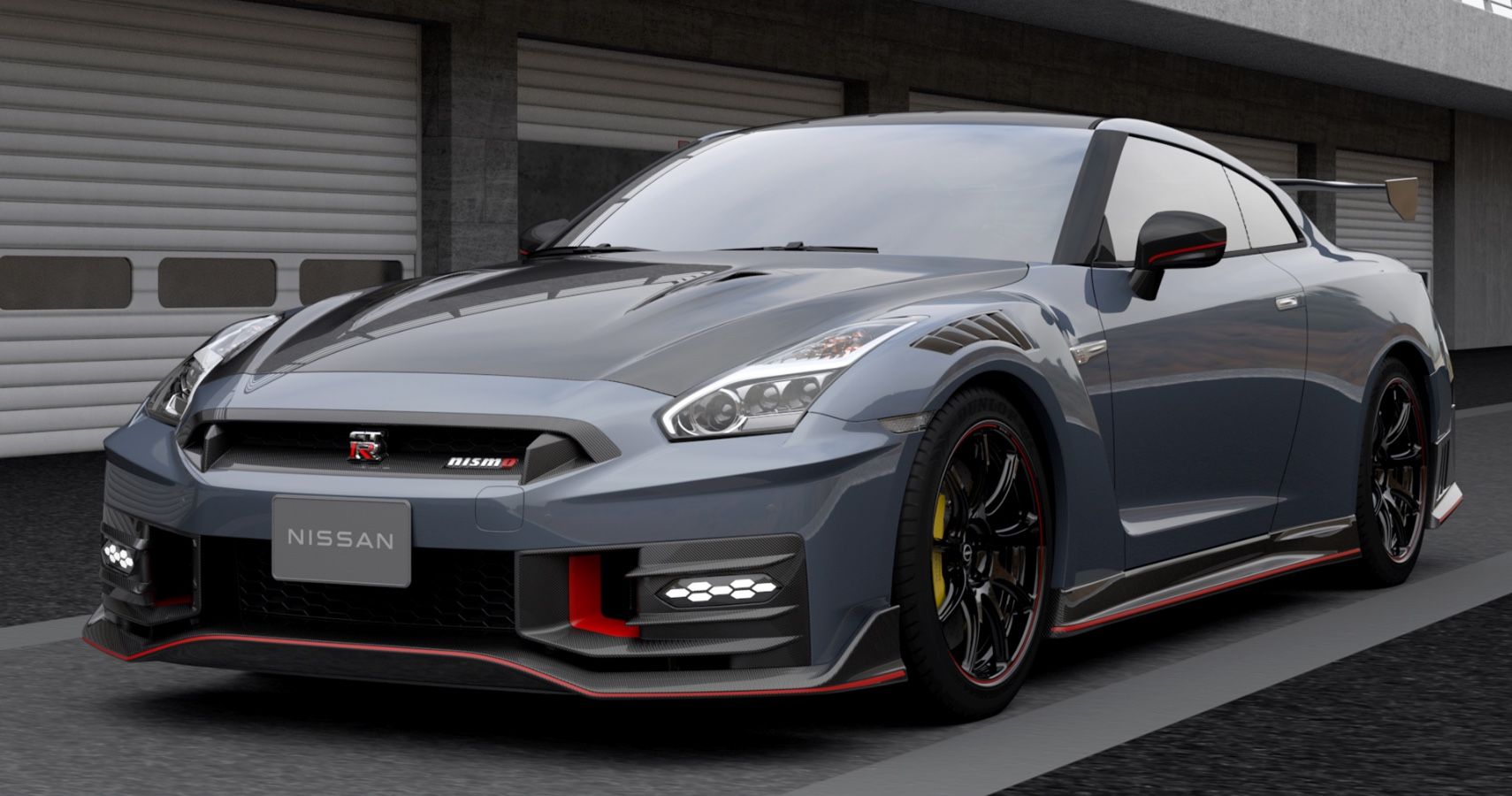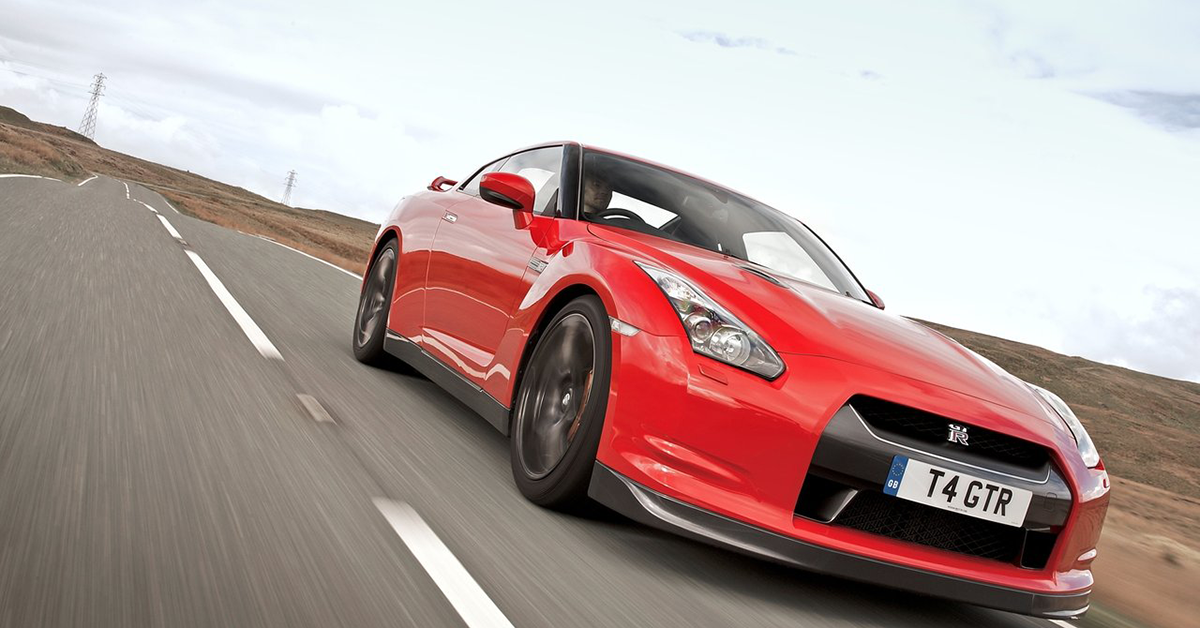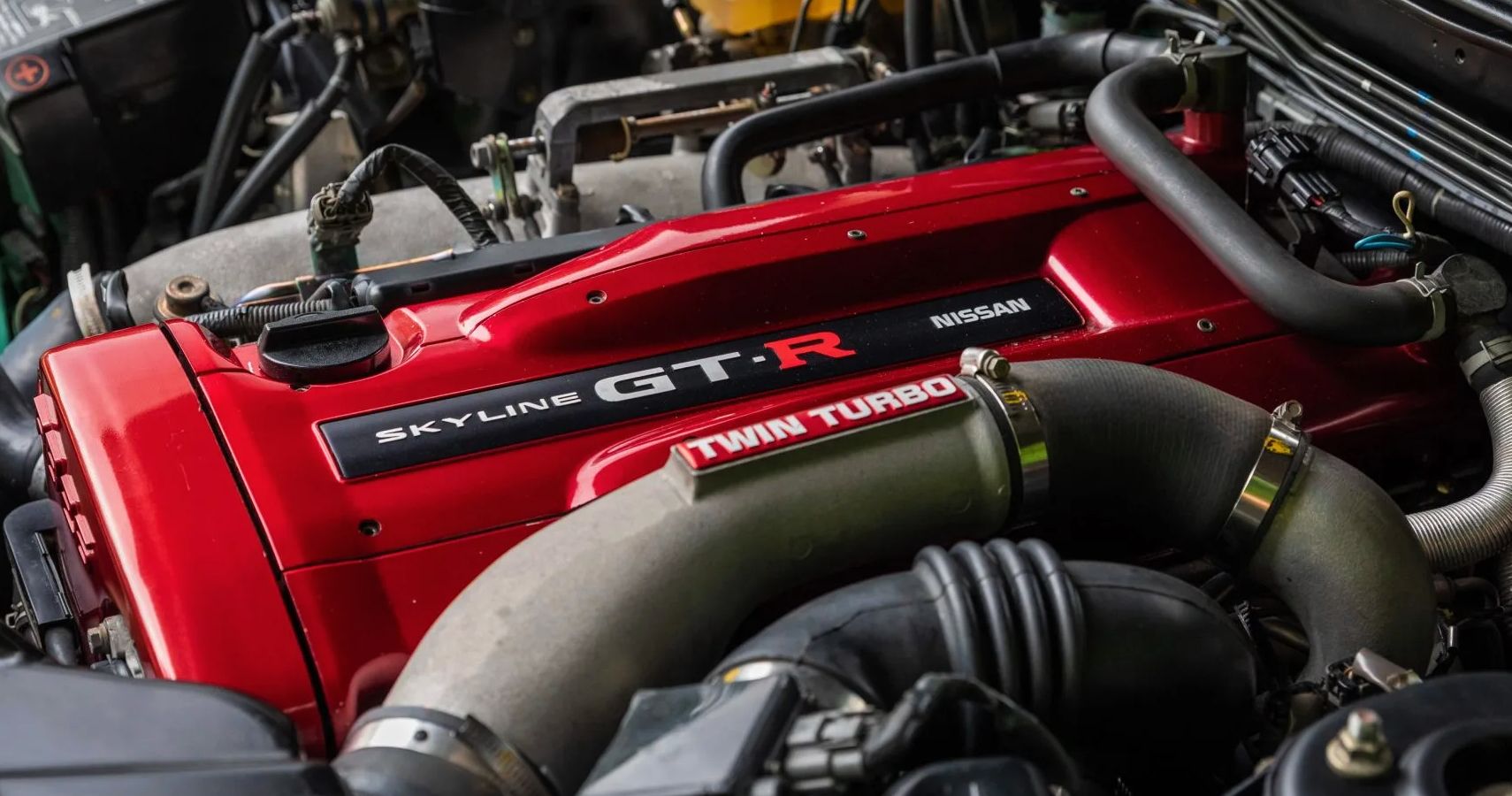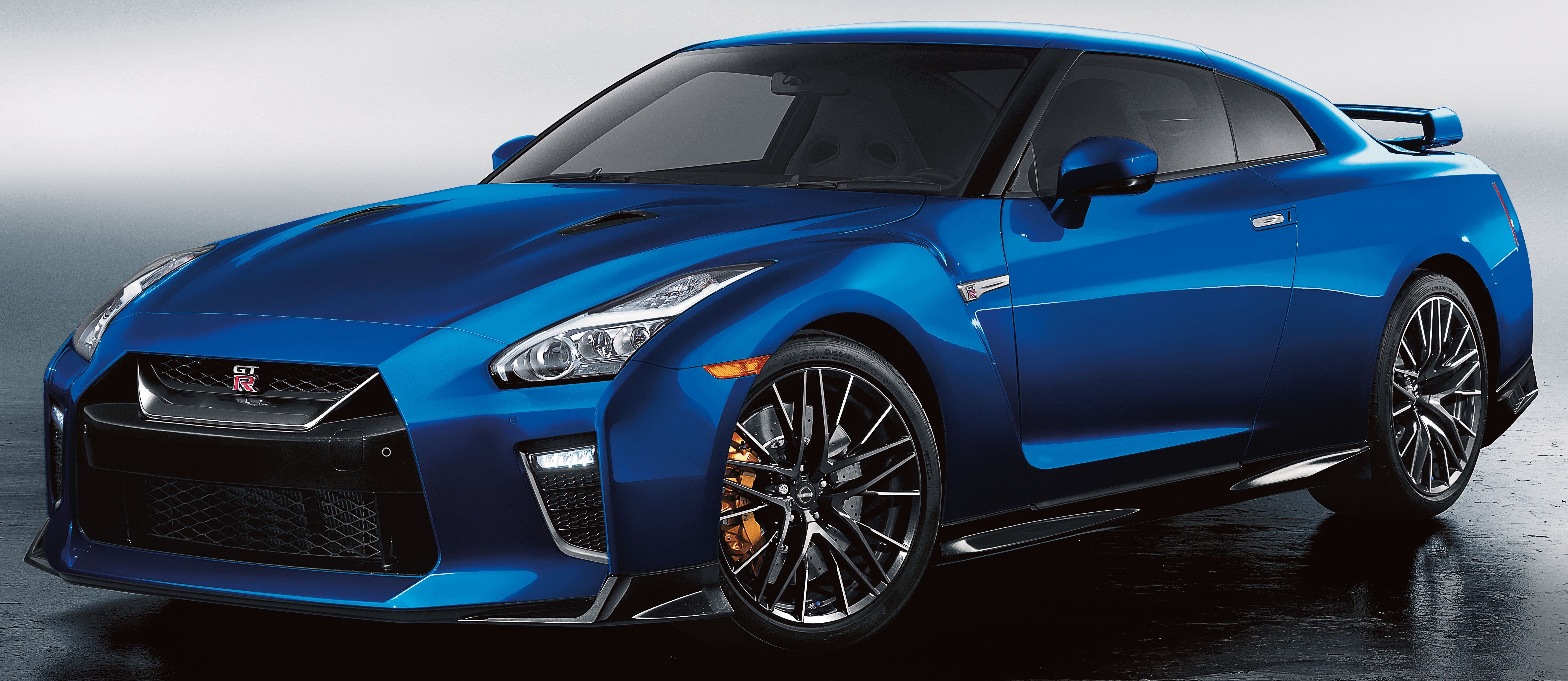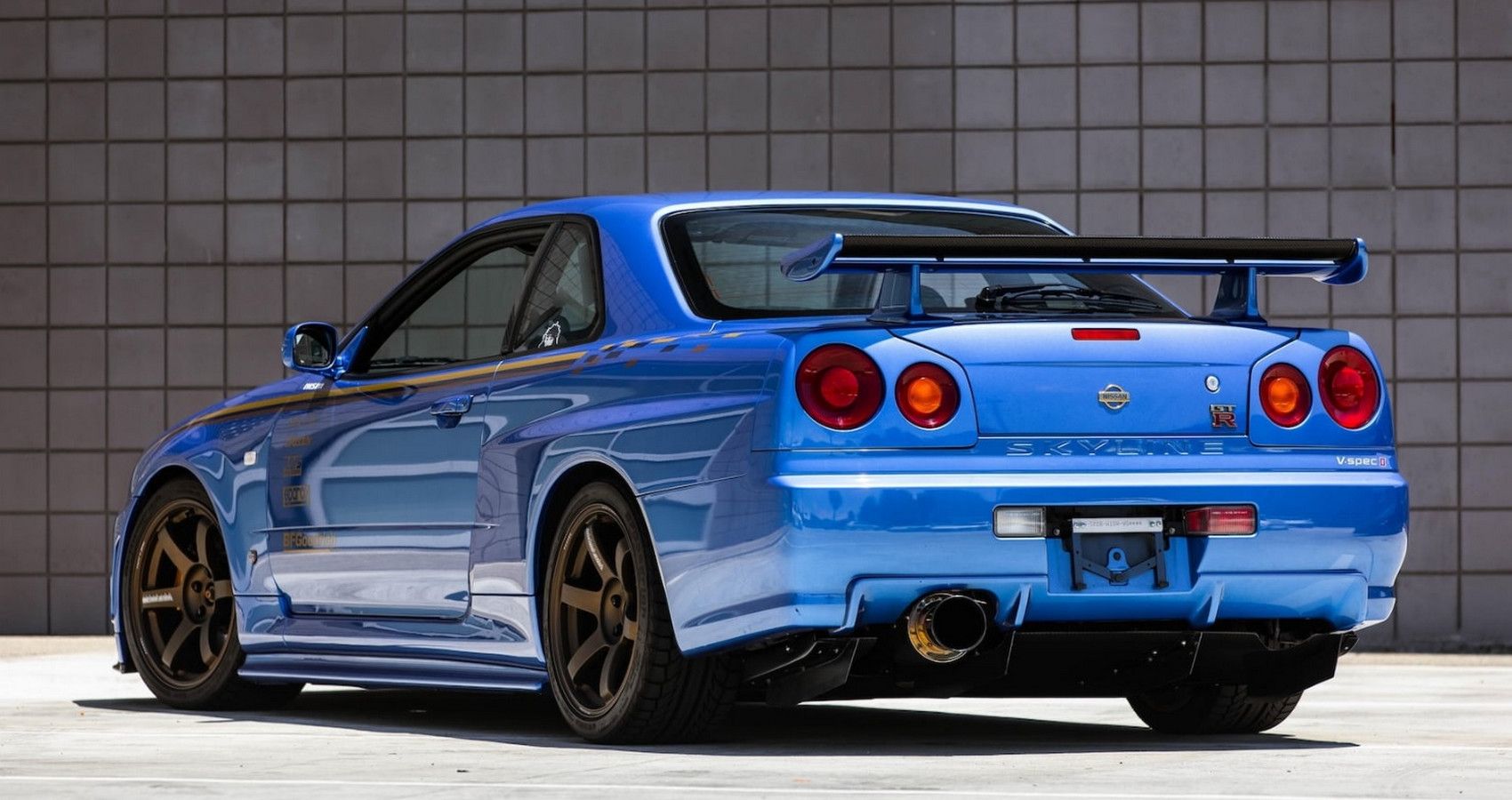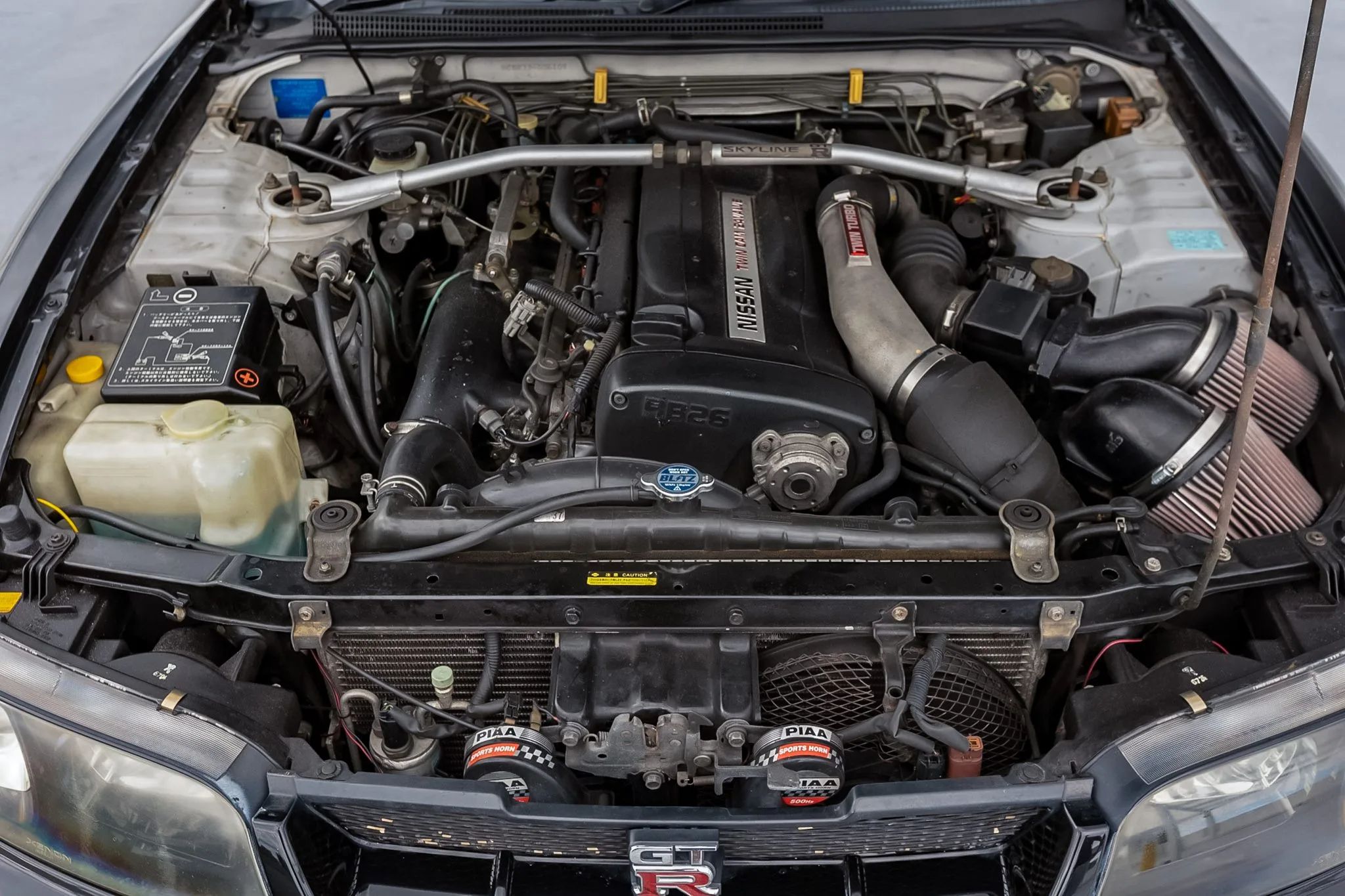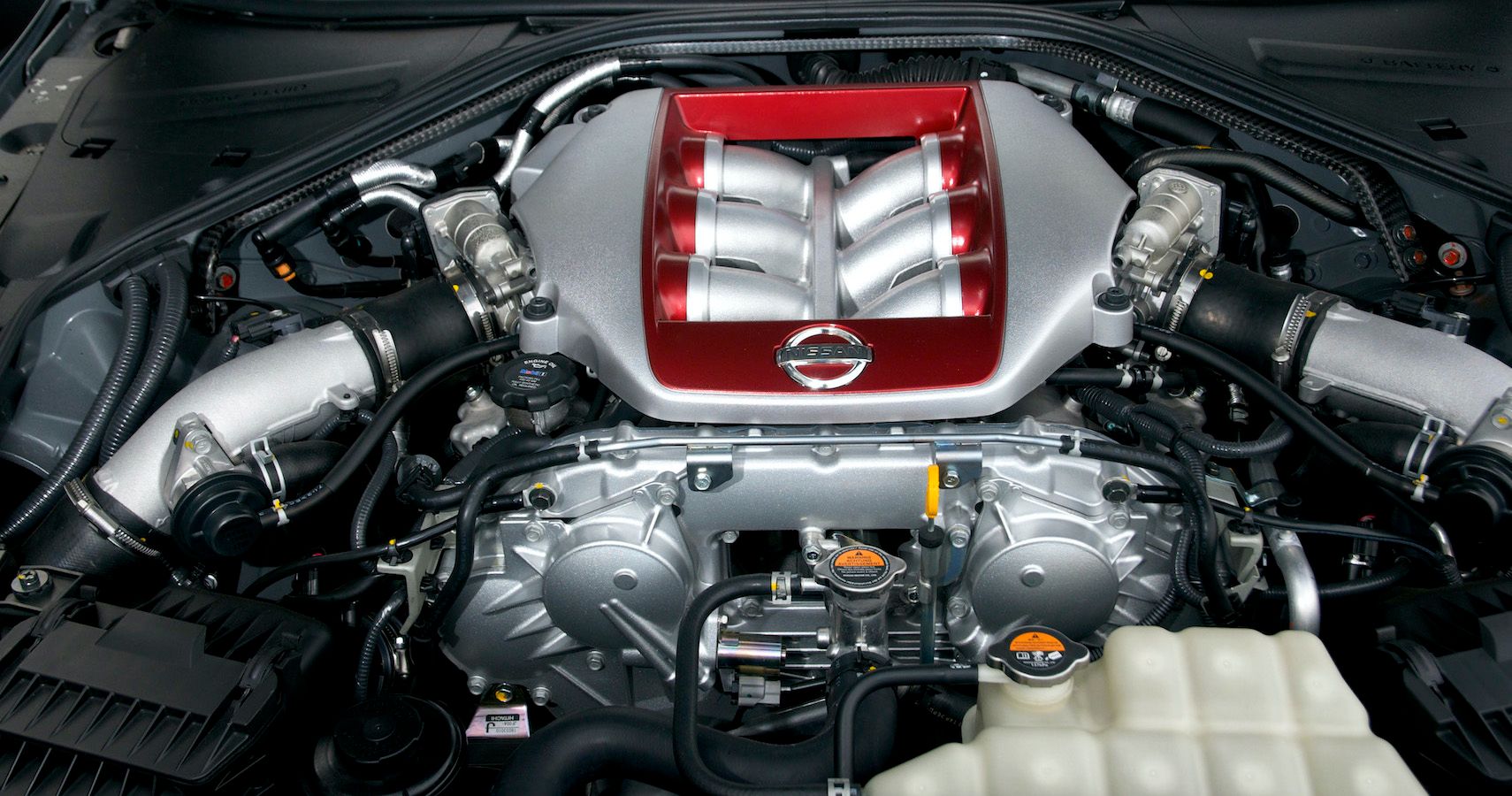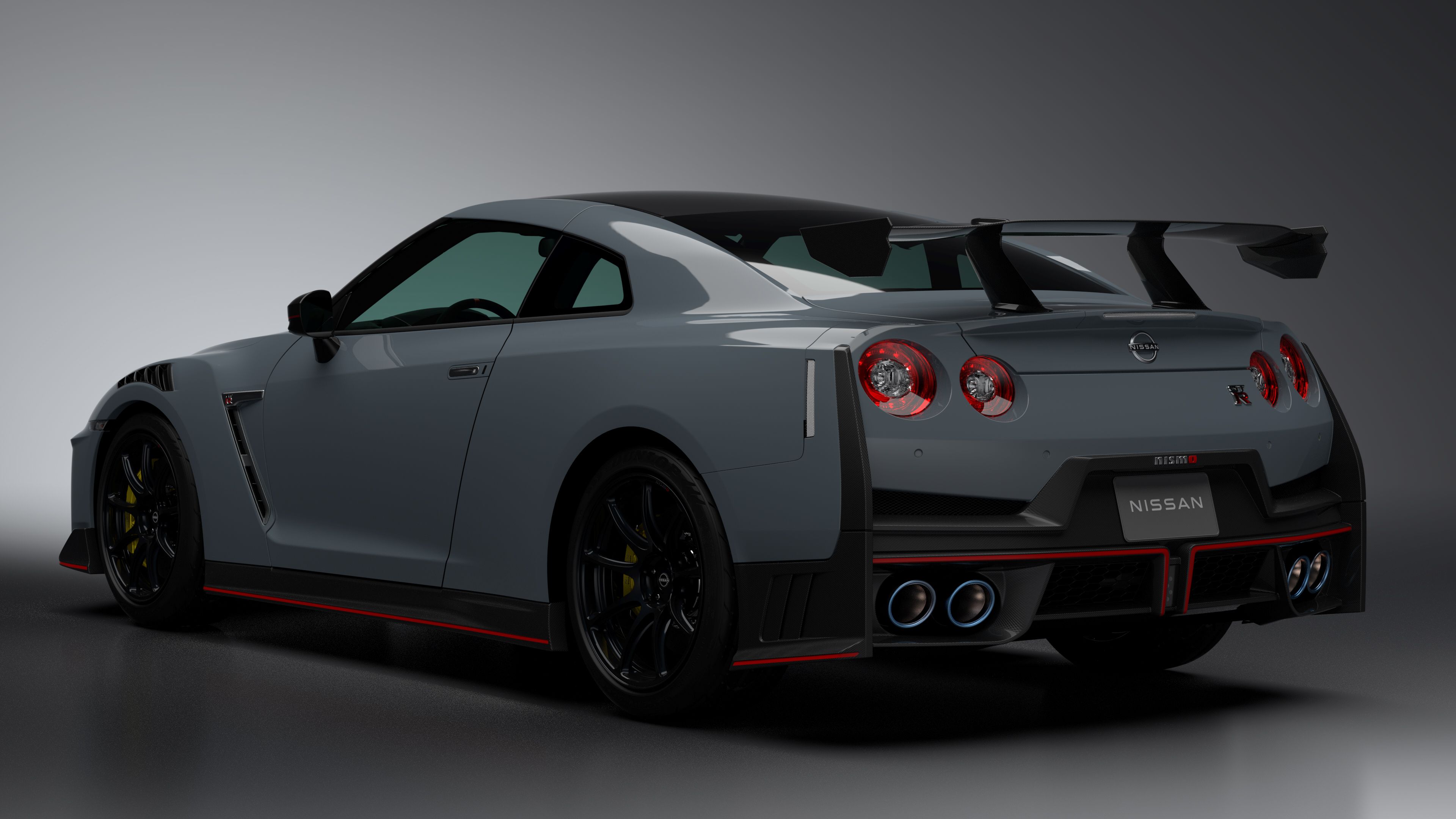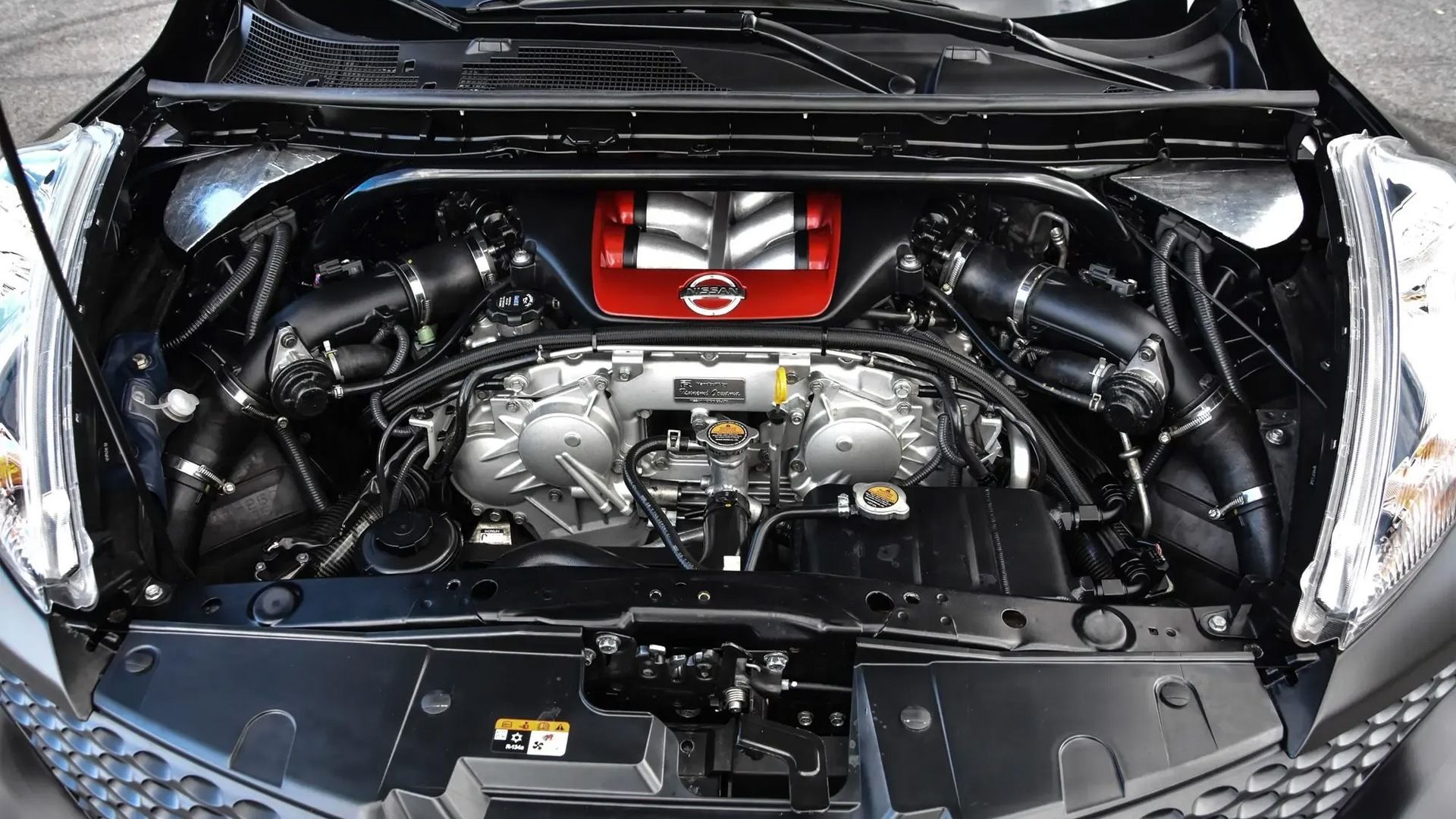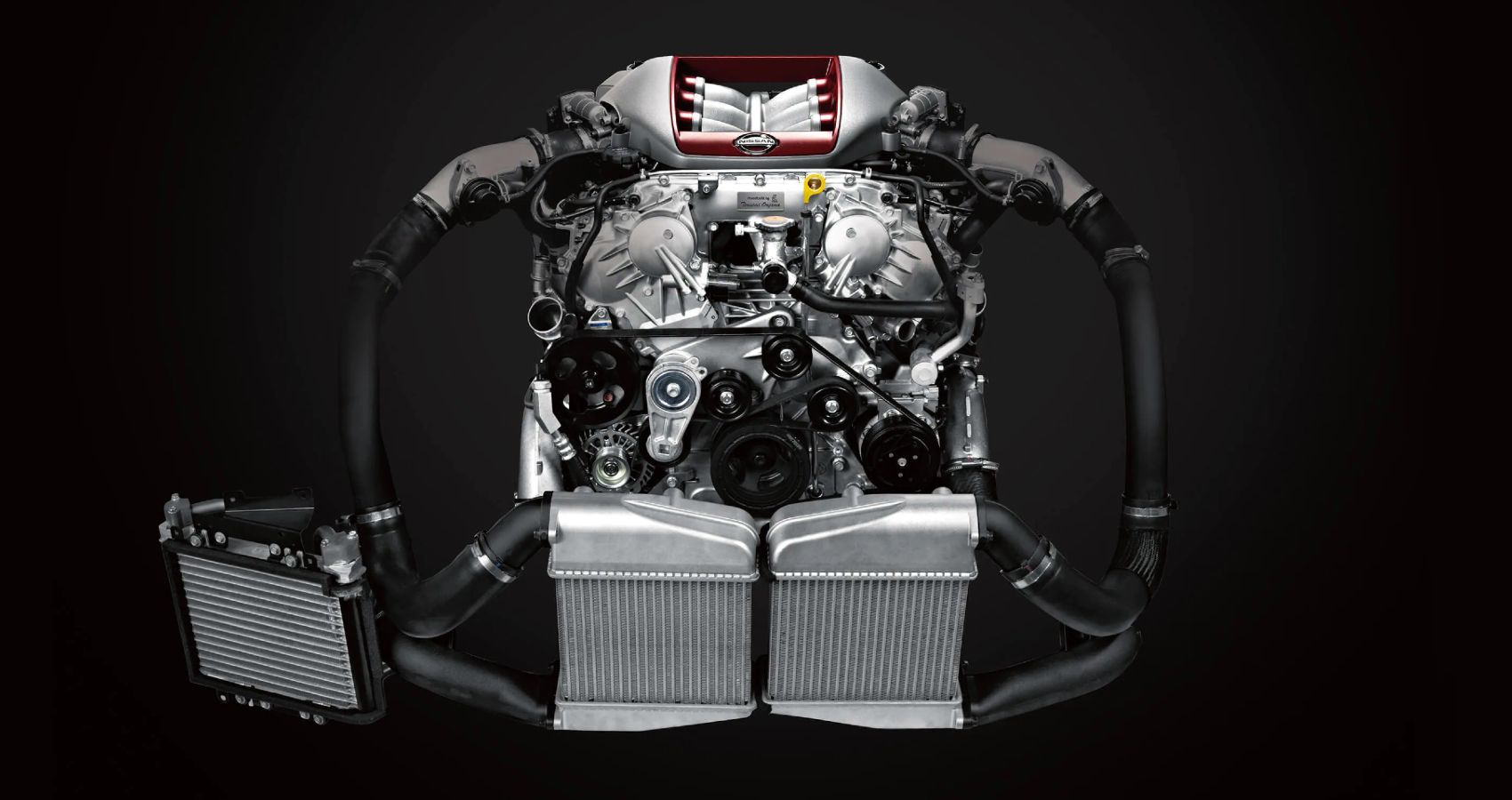The Nissan GT-R has been the go-to Japanese performance car for over a decade. Its legacy is an achievement to remember and a sight to behold. Only a few vehicles worldwide have a more prosperous, richer, and universally loved lineup than the GT-R.
One of the best Nissan GT-R features is its acceleration. The R35 boasts a punchy twin-turbocharged V6 engine with the potential for churning out over 1,000 ponies with the right mods. Here are ten of the best modifications to make your Nissan GT-R even faster.
10 Suspension Upgrades
A suspension upgrade can help change the handling of the Nissan GT-R. Most aftermarket companies offer suspension upgrades for full track day or fast road use. Such suspension kits can work with any era GT-R.
If you're looking for a fast road-use suspension upgrade, you can use some lowering springs and maintain the original dampers. These springs help reduce the ride height and stiffen the ride. The result is a GT-R with less body roll and better cornering.
9 ECU Tuning
One of the largest power modifications for GT-Rs is an ECU tune. While some solutions are easy to work on from home, others might require professional input for the desired power figures, especially when you want more than just a 10 to 15% power increase.
A comprehensive ECU tune ensures that all mods are working perfectly together, thus making the GT-R fun to drive. The tune works with the OEM ECU to help ensure that the GT-R retains the best cold start, refinement, and drivability.
8 Brakes
The braking system is another common weak point of the GT-R. Nissan offers Brembo drilled discs as standard, but they are prone to cracking under high temperatures and heavy braking. While a replacement can easily rectify this, upgrading to j-hook or grooved discs can prevent cracking.
With a brake upgrade, you can push your GT-R to the limit, even on the track. In addition, you can dramatically increase the braking effort of the GT-R. Additional changes to the braking system include changing the brake fluid and using braided brake lines.
7 Fuel System Upgrade
A fuel system upgrade is a must if you're looking for big horsepower gains from your Nissan GT-R. When you go full throttle, the vehicle needs a richer mixture for max power. When you tune the ECU and change the intake system, you must upgrade the fuel system to match the performance expectations.
The fuel system consists of four components, fuel pressure regulator, fuel injectors, fuel pump, and fuel lines and rails. Matching the entire system with your performance expectations results in a fuel system that can handle high fuel flow on demand.
6 Gearbox Upgrades
The GT-R gearbox is a highly sophisticated and developed unit that helps deliver power from the engine to the wheels. However, the gearbox is known to have some issues that a few upgrades and maintenance can rectify.
Besides replacing the bell housing, you can upgrade the basic cir-clips for more robust CNC-machined versions. Installing a sump magnet kit can also help give the transmission added protection against materials that may lead to wear and tear over time. Lastly, a gearbox software update can help significantly improve the gearbox operation.
5 Intake Upgrades
An intake upgrade allows for a better intake of cold air. When choosing the intakes, however, you need to factor in the diameter of the MAF pipe to ensure that the GT-R runs properly. The best solution is opting for a cone air filter since it will increase the air volume intake.
Besides upgrading the intake system, it's also advisable to consider a bigger intercooler and change the intercooler pipes. These changes help improve airflow to the turbo, thus keeping it cool. While most manufacturers sell these parts separately, it's advisable to purchase and install them simultaneously.
4 Bell Housing Replacement
The bell housing of the R35 GT-R is one of its primary weak links. Nissan opted to install the transmission at the rear of the GT-R, requiring the bell housing to stay at the rear of the engine. The driveshaft would then connect the two.
However, Nissan opted not to use a torque tube to connect the engine to the transmission, thus leaving an opportunity for the bell housing to move slightly from the transmission. One of the best ways of dealing with this is through an aftermarket bell housing replacement.
3 Exhaust Upgrade
Another significant GT-R performance modification is an exhaust upgrade. A good aftermarket exhaust from a reputable company like Milltek Sport allows for better airflow, thus increasing engine output. These exhaust systems allow consistent exhaust flow, thus freeing up engine power for more torque and horsepower.
The upgrades to the exhaust system include downpipes, Y-pipes, CAT back systems, or even titanium tips. Besides adding more performance, an exhaust upgrade makes your GT-R sound better.
2 Turbo Upgrade
A turbo upgrade is an excellent way of gaining more performance from a Nissan GT-R. Plenty of aftermarket turbo kits offer varying amounts of outputs, most ranging from 750 hp to over 1,000 hp. These packages help offer your desired output without compromising the GT-R's reliability.
No matter the kit you choose, you'll be certain that your GT-R will have increased power and torque and better airflow to the engine. The result is a more responsive and fun-to-drive Nissan GT-R.
1 Engine Builds
While turbo upgrades can help you get more power, an engine build ensures that the engine won't break down from the increased performance. These builds help increase the engine's strength, especially if you're going for over 1,000 hp outputs.
Multiple aftermarket companies like Auto Torque offer GT-R engine builds in various specifications. These engine builds vary depending on power goals and the GT-R use. Therefore, you can build a GT-R purely for track use or to enhance your daily driving.

